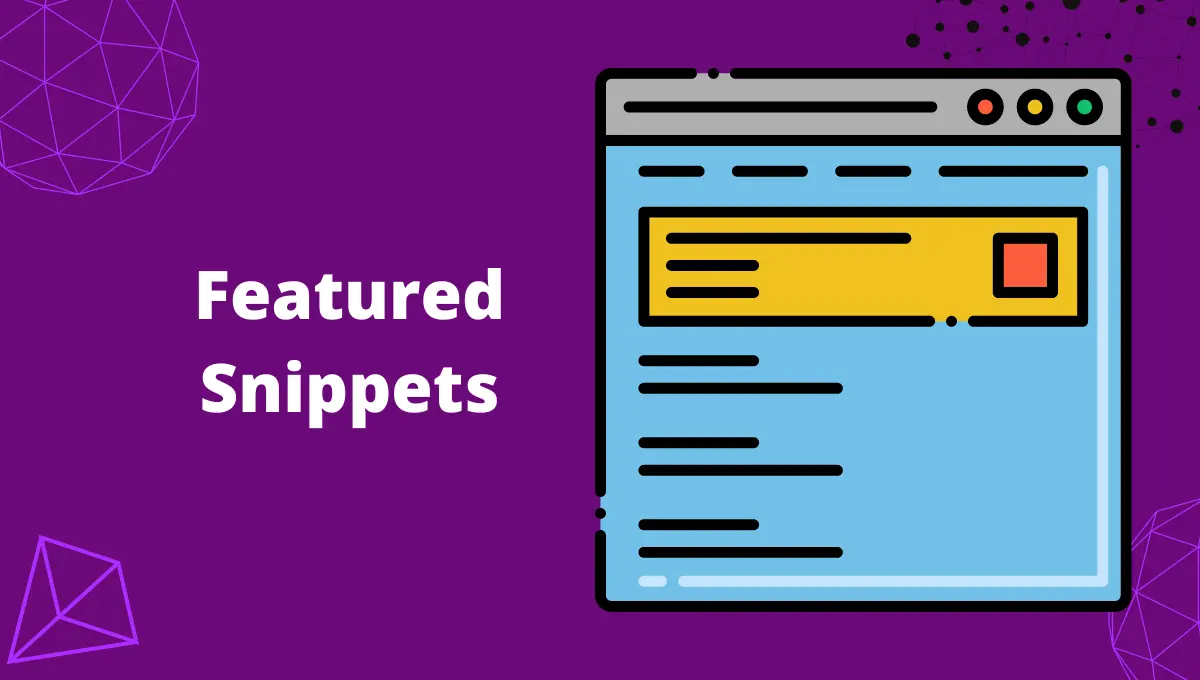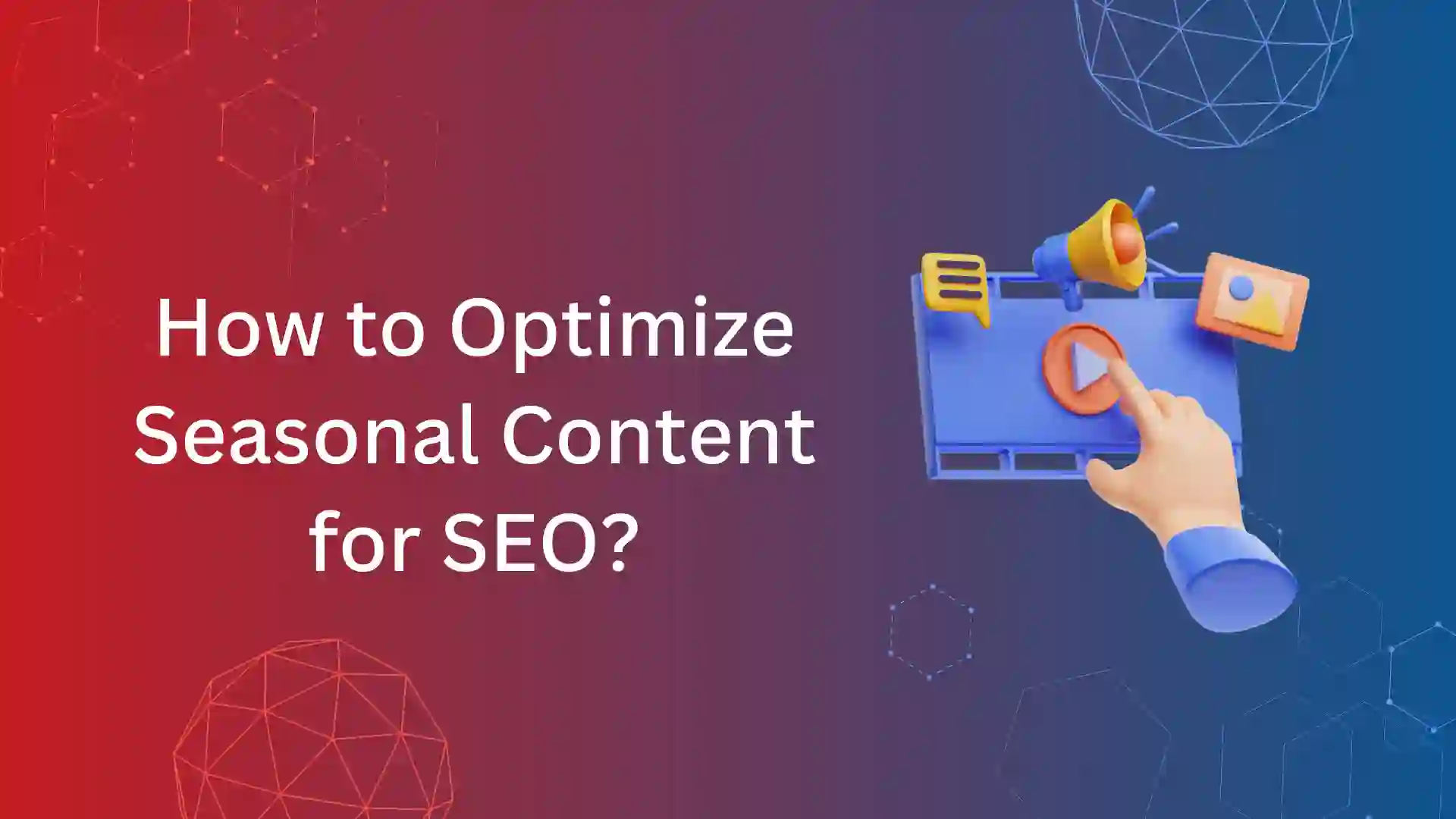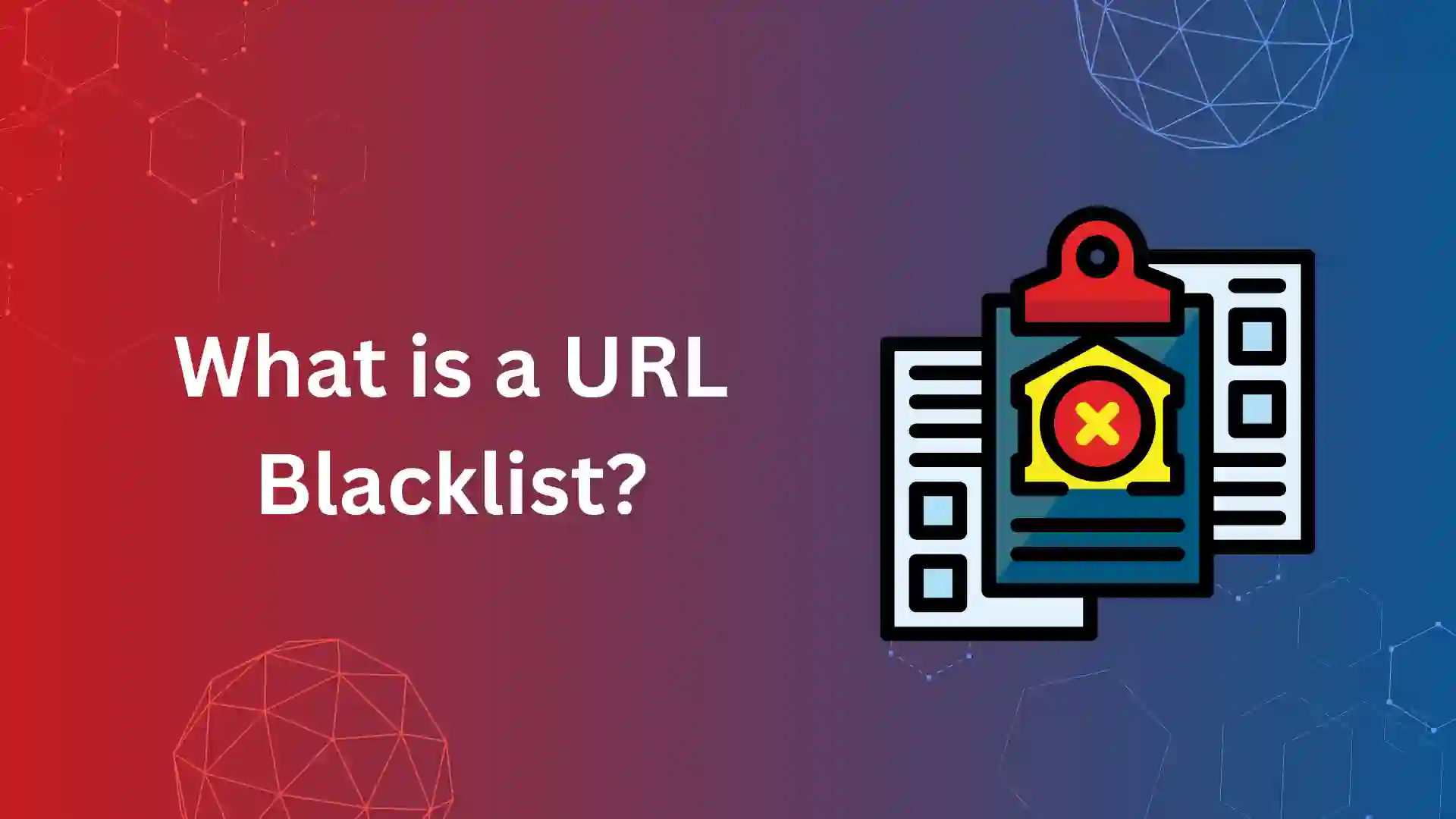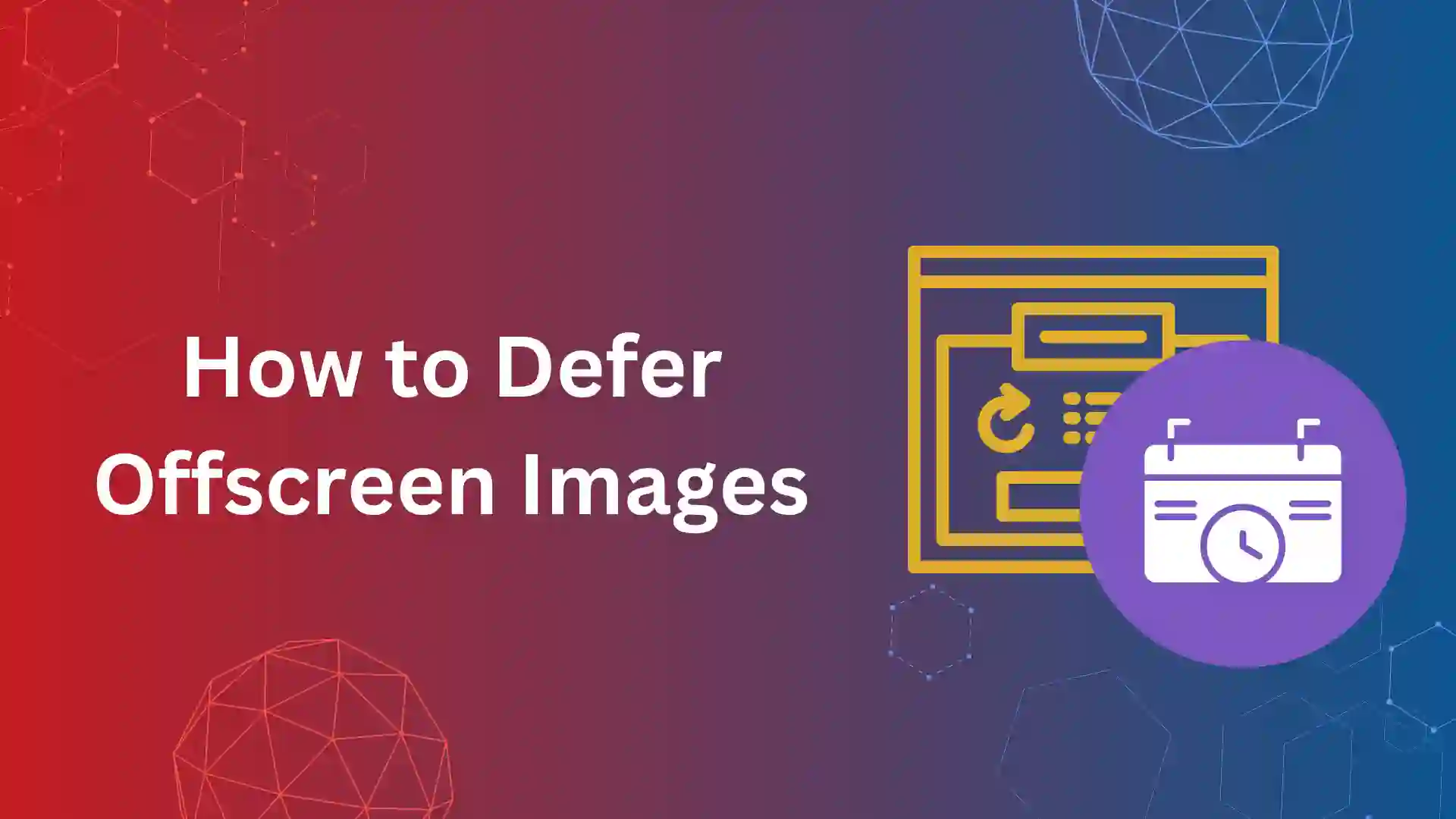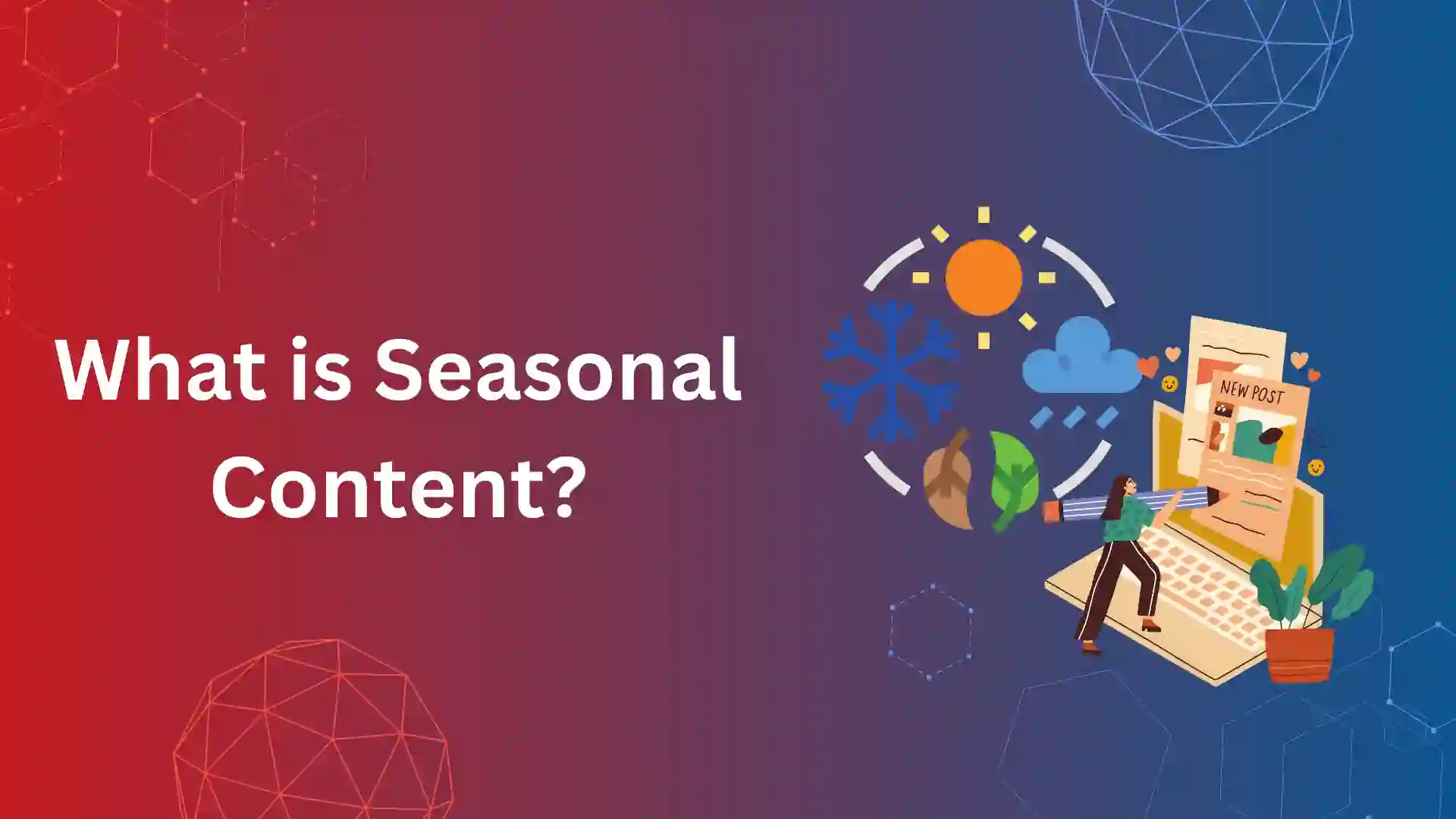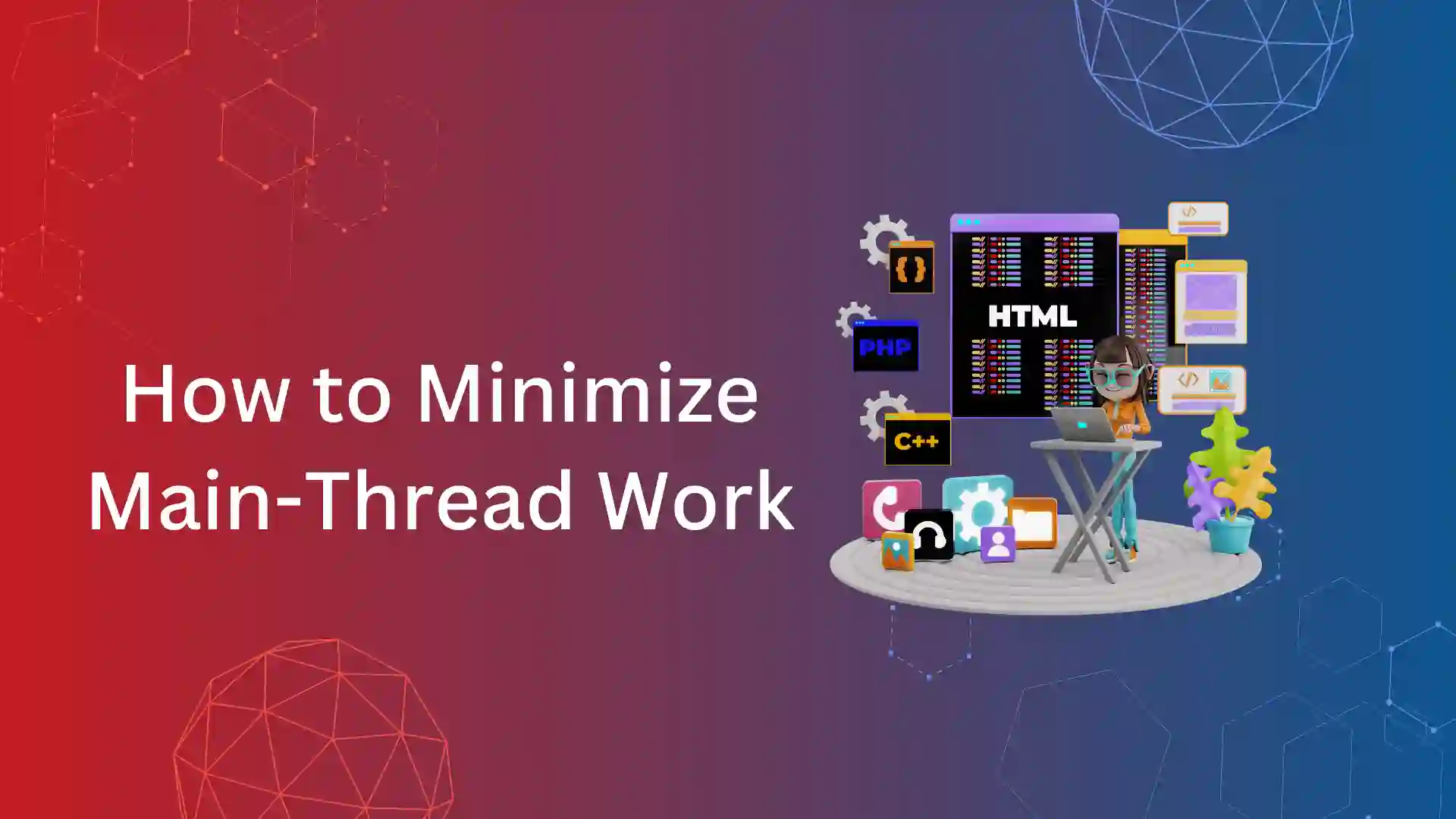Are you someone who looks to get more organic clicks to your site? Then, it’s high time, you should optimize your web page to appear on featured snippet.
Every SEO professional love to see their optimized web pages get a place in featured snippet, as it drives maximum CTR and traffic. Google introduced this special feature in 2014, from then they are the best update that happened for SERP feature.
There’s still the debate exists on the role of structured data or schema markup for a web page to appear in featured snippet.
In this article you will learn the complete guide on how to get your web page in feature snippet.
What Is Featured Snippets?
Google’s Featured Snippets provide quick answers to searcher queries at the top of its search results. These results appears to be framed in a box tagged by featured snippet, under the search result.
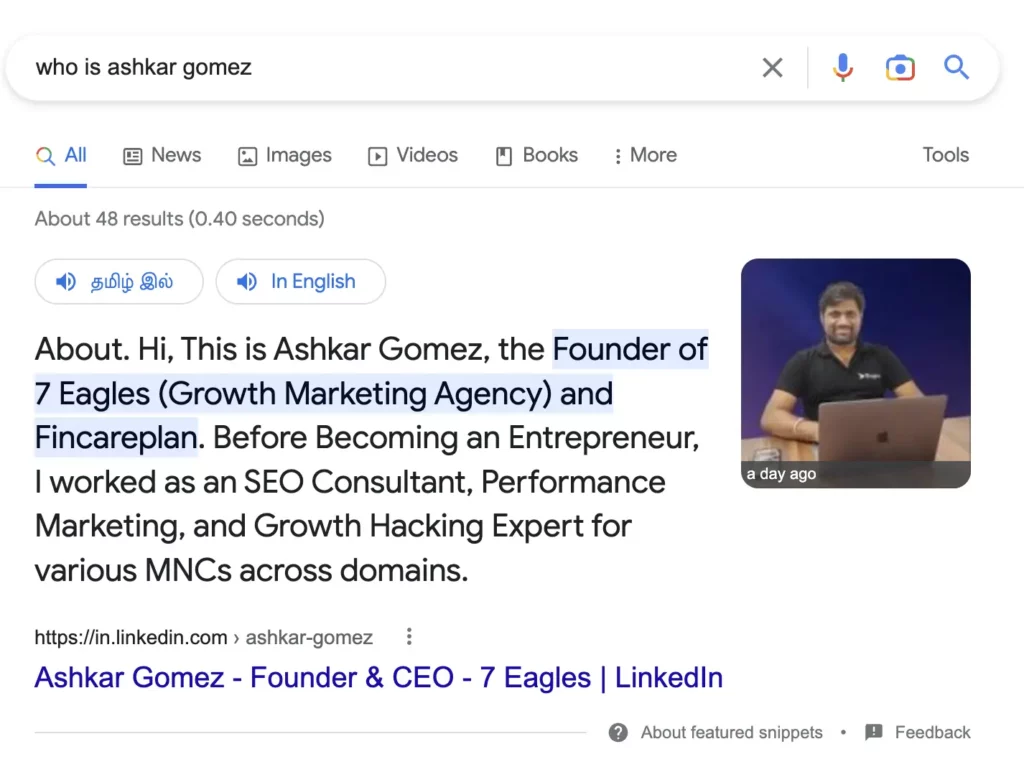
Recently, you get a highlight in blue color on the exact answer for the search query in the featured snippet.
The role of featured snippet is to provide the relevant and quick answer to the searchers. These cool features keep Google to maintain the highest search engine market share.
Even though, feature snippets get more zero clicks, as it answers the query in one or two sentences, that is the 1st position in SERP (search engine result page).
Why Is Featured Snippets Important to SEO?
The importance of featured snippets are as follows:
1. Improves organic visibility
Earlier, many experts term the position that featured snippets appear as zeroth position. There was a time, when Google list a web page in both feature snippet and organic search result.
Both the above conditions are no more available, as SERP has 10 results including the featured one. But, the point to take away is, getting featured on 1st position of search engine ranking page helps to increase the organic impression and visibility.
2. Improves click-through rate (CTR)
Not all featured snippets are one sentence answer. Except few long-tail questions, other queries require in-depth information, and thus the user has to click the web page to read the complete information.
So, optimize your web page for featured snippet to maximize click-through rate (CTR).
3. Improves branding
In spite of acquiring maximum zero-click searches, it improves the brand awareness of your website.
Their prominence is even greater on mobile devices, where they’re usually the first thing people notice.
One of the most important SEO KPIs is increasing your share of voice on the SERPs. A company’s long-term growth can be attributed primarily to brand-building.
Your brand will be more associated as a market leader if it appears on SERPs for relevant topics.
4. Builds authority
When a user finds your web page on 1st position of SERP for as many queries as possible on a relevant topic, it builds authority for your website on the sight of both user and search engine.
The biggest ranking factor that Google looks at is authority. It doesn’t meant to build or earn quality backlinks; even the organic appearance of your brand name builds the authority.
To build such featuring in 1st position of SERP, you should build your website on focus of topical authority.
Types of Featured Snippets
Google has almost 5 types of featured snippets, and these appear on the SERP depending of the intent behind the user’s query.
- Paragraph or Definition box
- Numbered list
- Bullet list
- Table
- Video
Paragraph or definition box:
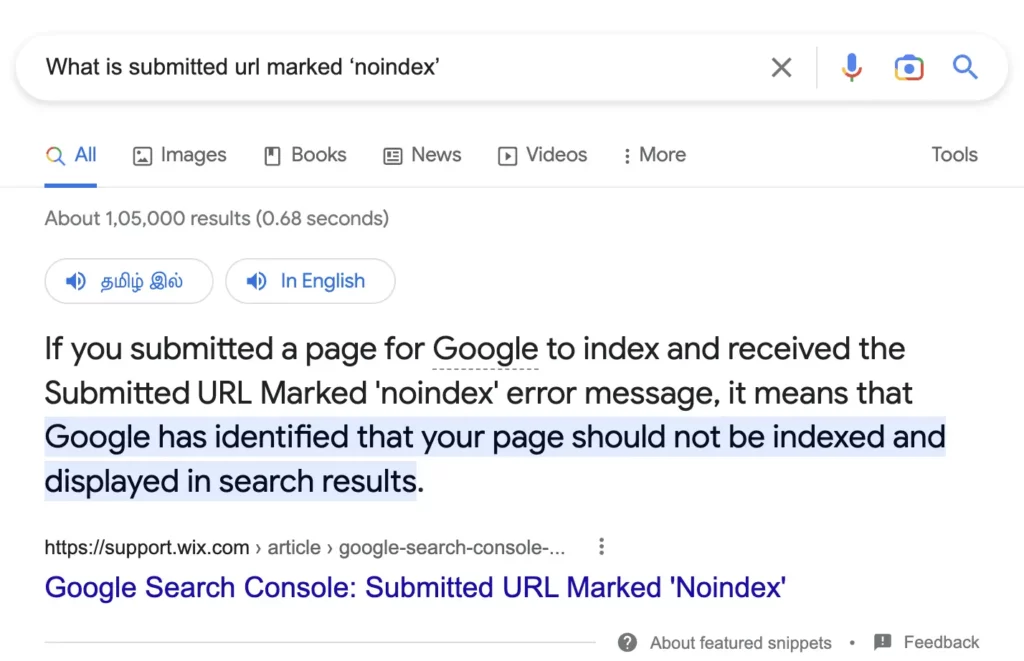
This is the most important among all types of featured snippet, as it comes with definition, and helps users find complete information about the query.
Sometimes, this definition box features with a set of relevant questions below them; this helps users to click on those question directly, if that’s their actual need.
Numbered list
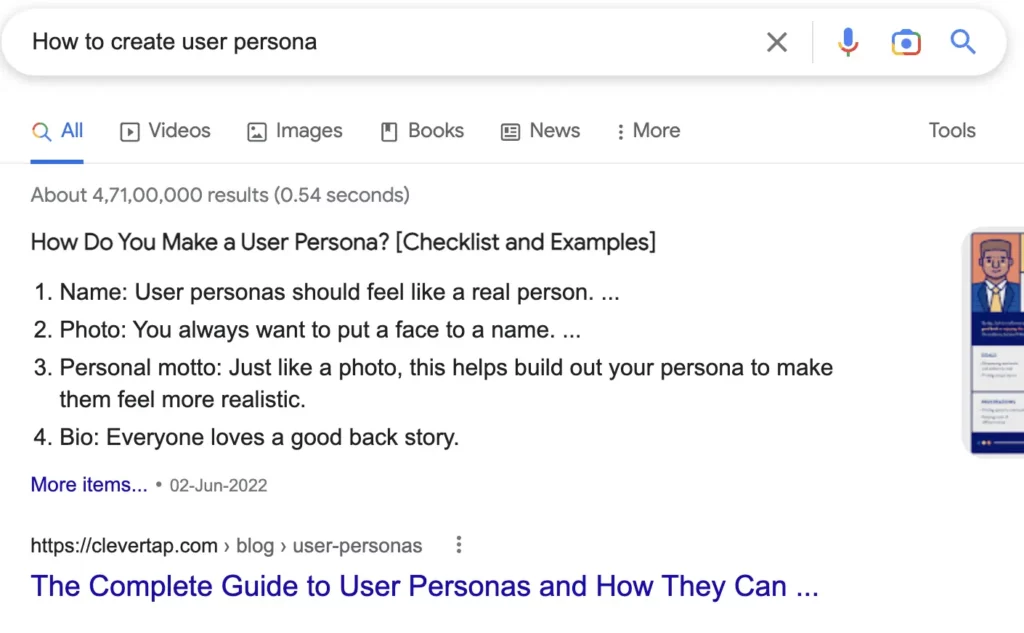
This is one of our preferred type of featured snippets, as it comes with few answers followed by more items. When user clicks on the more items, it takes them to the web page to consume the complete content.
Bullet list
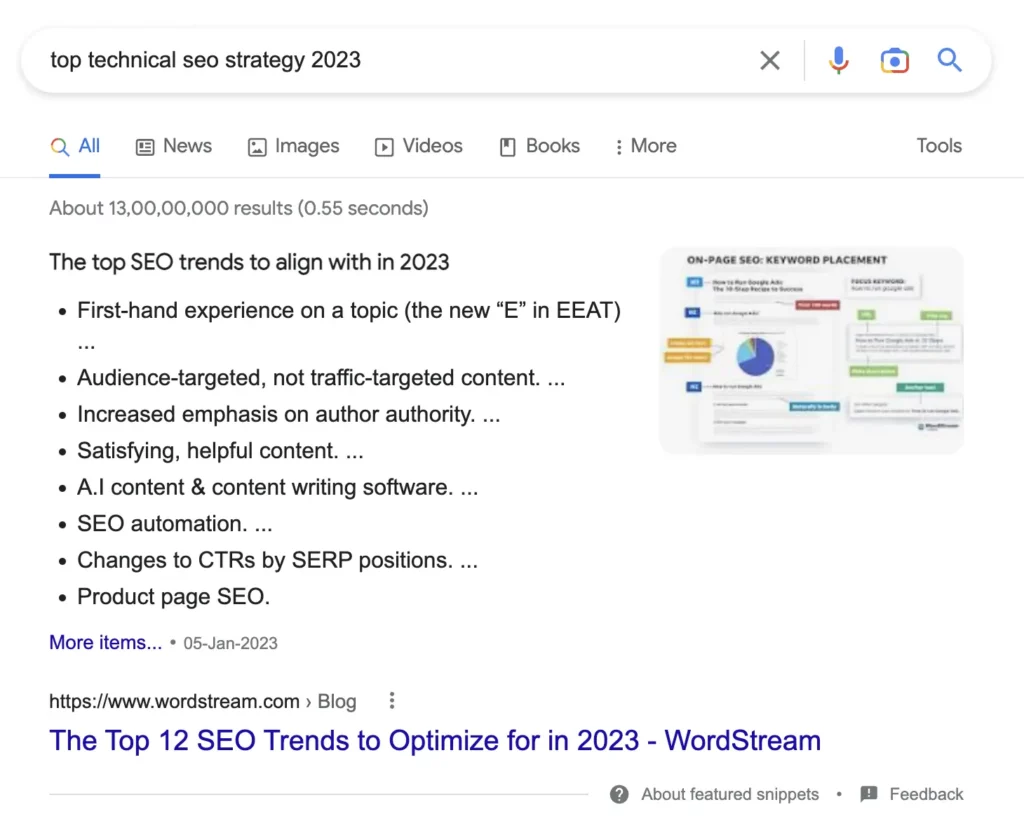
This is another preferred type of featured snippets, as it comes with few bullet points followed by more items. When user clicks on the more items, it takes them to the web page to consume the complete content.
Table
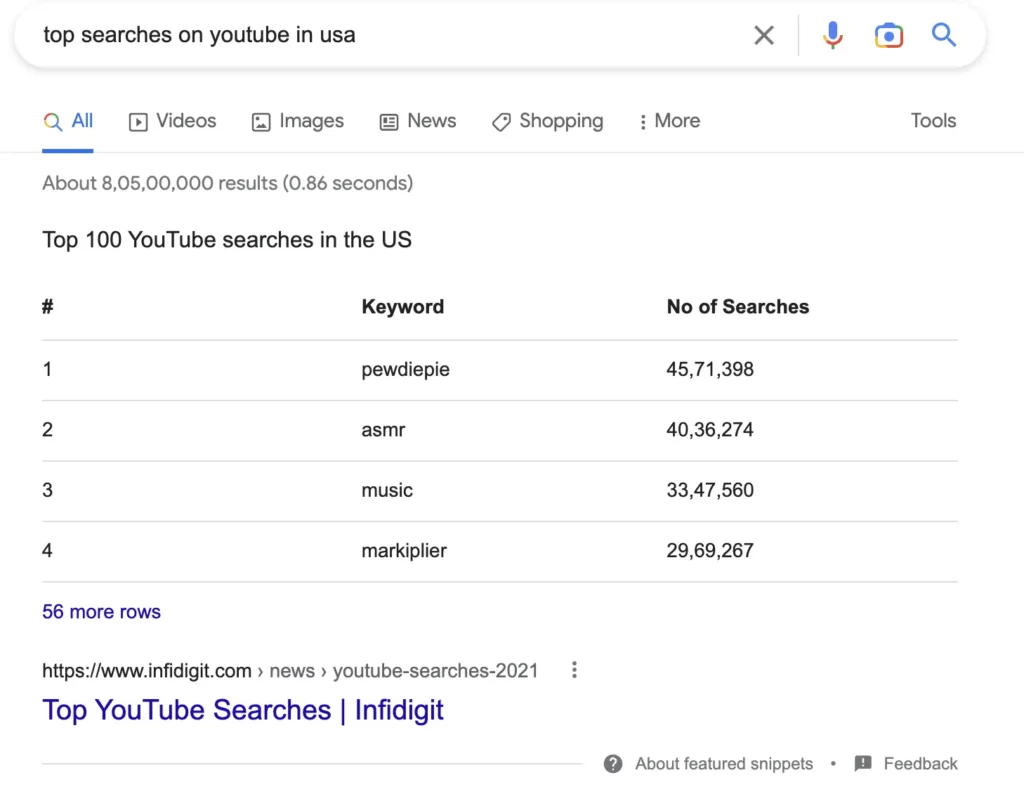
This feature appears on 1st post in Google, when your web page has a table. Besides this, your web page should be in 1st page of Google to appear in table featured snippet.
Video
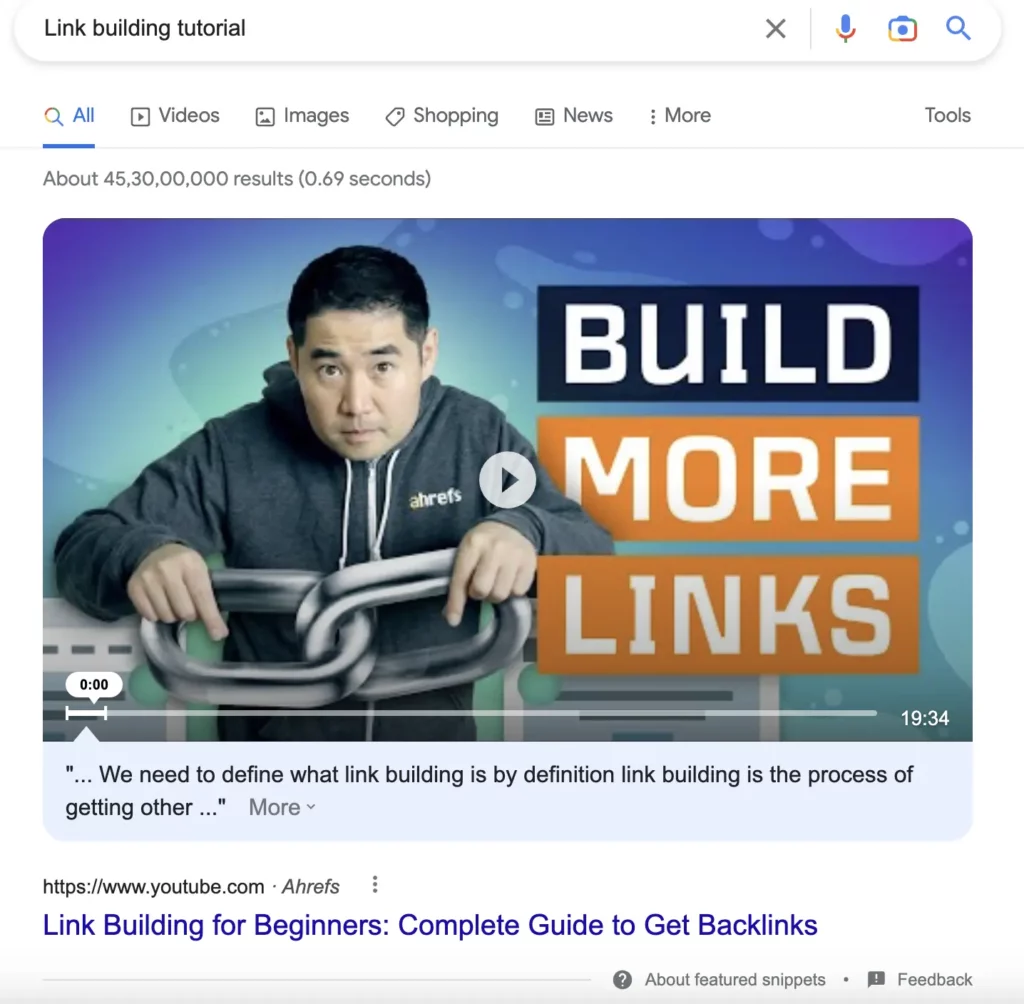
Learn other snippet results that are not part of featured snippets. Still, it’s important to get featured in such snippets.
Knowledge graph
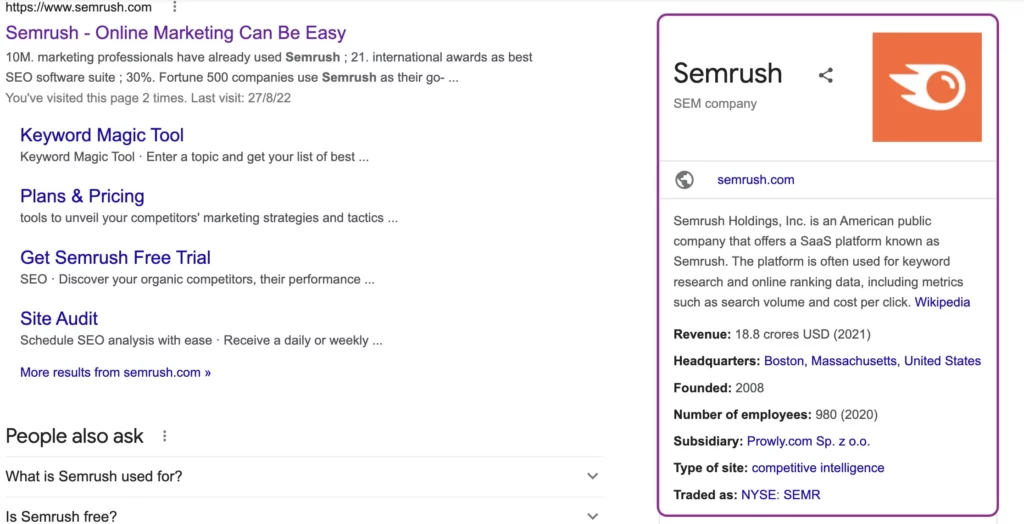
Knowledge card
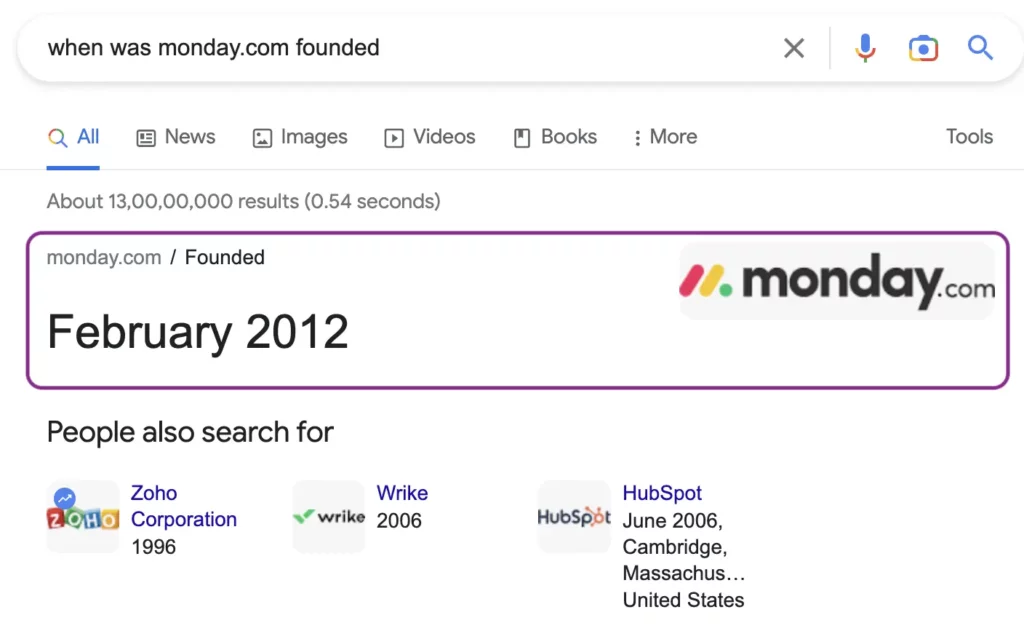
Entity carousel

How to Optimize for Featured Snippet?
- Identify the feature snippets of your website.
- Identify competitor’s featured snippets.
- Understand search intent.
- Create and update content structure often.
- Create content better than the competitors.
- Validate the content.
- Your content well structured for users (readers) and search engines.
- Add questions with keywords in header tags (Especially in H2 tags).
- Implement SEO tactics.
- Keep optimizing your content until your web page list on featured snippet.
1. Identify the feature snippets of your website
Is it easy to identify the featured snippets of your website? No, it is not easy to identify your featured snippets because not all questions trigger a featured snippet.
They generate automatically when the search results have a direct answer to the questions asked by the users.
One way to identify the featured snippets of your website is to do a Google search for every possible question that can be asked using your keywords. But this step takes more time.
Fortunately, you have a better option: the Google Search Console.
Here is the step-by-step process of identifying your featured snippets.
- Go to Google Search Console and open the Performance dashboard.
- Enter your queries and view the analysis for them.
- Filter your queries and find keywords that have phrases like “what is” or “how is.” A question has a high chance of appearing in featured snippets.
- Sort the results in ascending order so that the query you rank for the highest will appear on top.
- Now, click the little box with the arrow icon next to the query to view the search results for the query.
There is a good chance you will appear in the featured snippets if you can rank in the top 10 for your query. If not, you can optimize your content whenever and wherever necessary and work to rank for the search query.
2. Identify competitor’s featured snippets
You should analyze every aspect of your competitor’s website, even their featured snippets.
Identifying the featured snippets for which your competitors rank can help you optimize your content accordingly.
You can use Google search results for this step. First, identify what terms your users use to search for something that has the keywords you wish to rank for and Google them.
If you already appear in the featured snippets for these terms, then it’s good. If not, take note of your competitor’s featured snippet. Analyze how they have structured the snippet and implement them in your content.
3. Understand search intent
You can optimize your featured snippets only when you understand your user’s search intent.
Why and what do they search for? If you can find the answer to this question, you are one step closer to appearing in featured snippets.
Here are the six types of intent that your users search for.
- Informative: any questions answered (e.g., what, why, how, etc.)
- Transactional: product/service exchange
- Commercial: comparison or listing (e.g., best, top 10 or 20, this vs. that, etc.)
- Navigational: user searches for a specific page
- Location-based: location/geo-targeted
- Generic: general terms (e.g., shampoo, cat, dog, etc.)
Once you understand search intent, structure your answers that suit your user’s questions.
For example, if they ask why or what questions, you can answer them in paragraph formats. If they ask for the top 5 or 10 of something, then your answers should be in list form.
Giving a direct and clear answer to the user’s questions can make you appear in featured snippets easily.
4. Create and update content structure often
Once you have identified the featured snippets of your competitors and the user’s search intent, it is time to optimize your content structure accordingly.
If you are creating new content, keep the results of the above analysis in mind and ensure to create a content structure.
If you already have content for the query, you need to optimize its structure per the previous analysis.
5. Create content better than the competitors
Understand that Google only ranks websites that have the most useful content for the users. So always aim to create the best content that keeps users and their queries in mind.
Use the competitor analysis you did and aim to create content better than your competitors.
Take notes on what makes them appear in featured snippets and give more than what they give to the readers. Always be a step ahead of them.
Here are some steps you can follow to create better content than your competitors.
- Provide basic information. Before trying to add extra information that your competitors doesn’t have, you should provide the basic information your readers expect based on their query and intent.
- Add more value. After providing all the basic information, you can add more value to your content by adding information like statistics, media (images, videos, etc.), and examples.
- Increase readability. Don’t complicate the content and confuse your readers. Write in simple and shorter sentences for easy understanding and readability.
6. Validate the content
Once you have created or optimized your content, check and see if they meet the following criteria.
- Do they meet your target audience’s needs? Do they provide answers to what they are looking for?
- Do they have a defined user search intent?
- Do they contain your targeted keywords in the content?
7. Your content is well structured for users (readers) and search engines
Structuring your content can make it easier for both readers and search engines to understand your content.
Search engines can easily scan and read through your content if they are structured well.
It also increases the readability of content for your readers. Make sure the headers (H1, H2, H3, etc.) are well-organized and easily understandable by the readers and search engines.
Headings are the perfect way to clearly tell your audience and search engines what your content is all about. So pay attention and structure them well.
8. Add questions with keywords in header tags (especially in H2 tags)
No matter how much time and effort you spend in creating the perfect content, they don’t have much chance of appearing in featured snippets if they don’t have relevant headings.
The best way to appear in featured snippets is to keep the search query in the headings (especially in H2). Most times, users use a question format to search in Google.
For example, if a user wants to learn about SEO, they will search for “what is SEO” in Google.
So, having this as a heading for your content can make search engines understand that you are answering the user’s query.
9. Implement SEO tactics
Now that you have created your content according to the above points, it is time to optimize them to help search engines understand what it is about.
Here are some SEO tactics that can be applied to appear in featured snippets.
- Keep your URL structure short and crisp, ideally within three to four words.
- Create a catchy title tag with the relevant keyword.
- Create a user-centric meta-description with the relevant keywords.
- Create good headers to relate to the search query, preferably in question format.
- Insert images and videos wherever necessary. Add an Image Alt text to help Google understand what the image is about.
- Place internal and external links wherever necessary.
10. Keep optimizing your content until your web page list on the featured snippet
After optimizing your content and posting them on Google, check for results regularly. See if your optimized content has an improvement in impressions or clicks.
Track and see the differences in impressions, clicks, ranking, etc., before and after their optimization. Work towards improving the content until they appear in the featured snippets.

